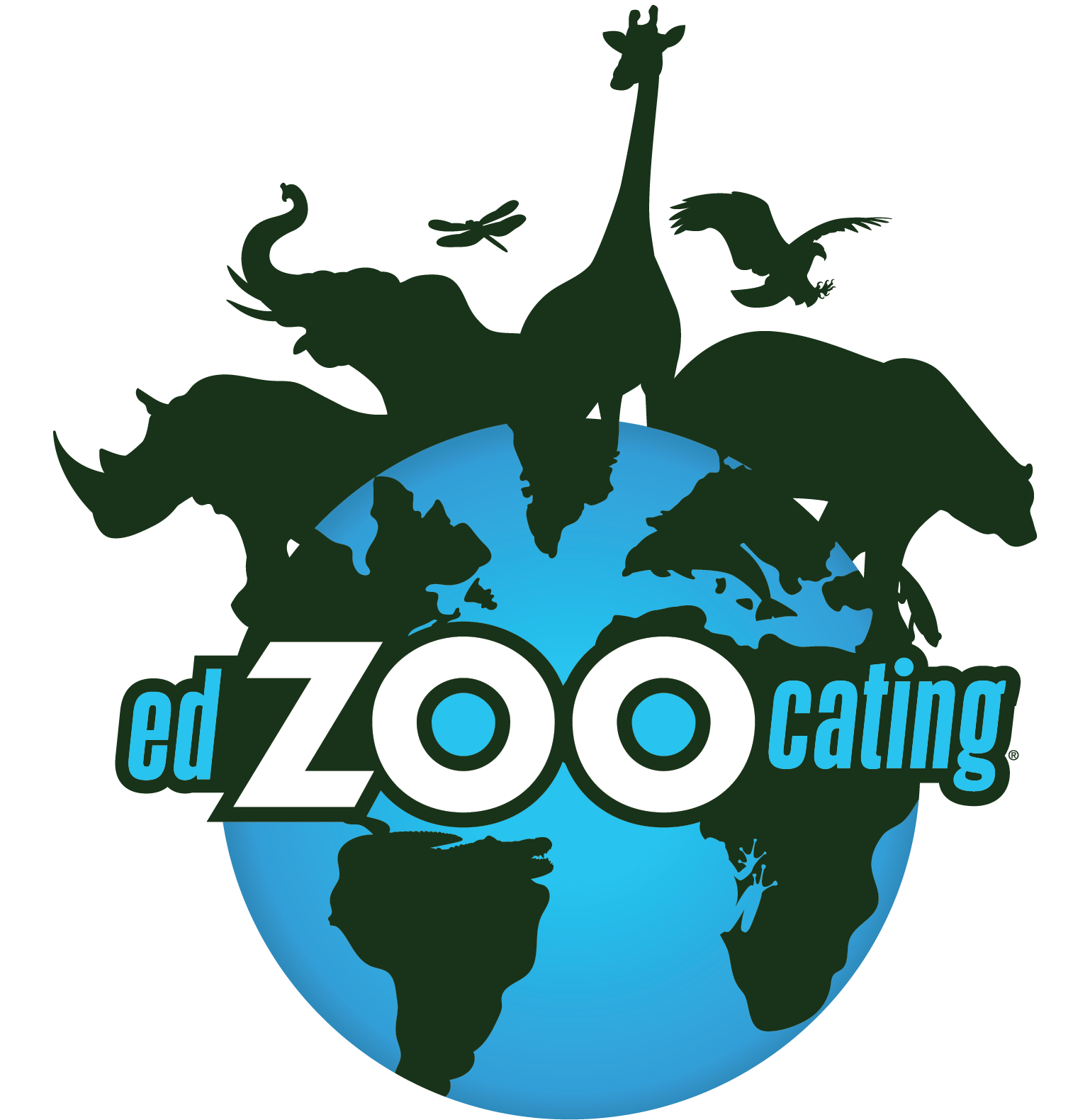Animal Jobs

What Jobs Do Animals Have in Nature?
Word of the Week
Ecosystem Service
Ecosystem services are the added benefits that humans get when ecosystems are balanced and healthy!
Examples of ecosystem services include trees producing oxygen that we breathe, bees pollinating farmers' crops, and coral reefs protecting coastlines from storm damage.
Species Spotlight
Common Hippopotamus
Hippopotamus amphibius
The common hippopotamus is a large animal with a large impact on the savannas of Africa. Hippopotamuses are one of the largest mammals on land. Large males weigh more than 3,000 lbs! While hippopotamuses spend most of their time in rivers, lakes, and ponds, they leave the water at night to feed on grasses. Their herbivorous diet might surprise you once you see their large, sharp teeth, but those are not used for eating. Hippopotamuses are very territorial. They use their large teeth to intimidate other hippopotamuses and predators. Because of their territorial nature, hippopotamuses are considered one of the most dangerous animals in Africa.
Aside from being considered dangerous, they are also considered very important. As hippopotamuses leave the water for feeding, they trample vegetation and create paths used by many other animals. Not only do they create paths on land, they also create new streams and channels by moving around in water and mud. One of their most important jobs is adding nutrients to African waterways through, you guessed it, their poop! They move nutrients from land to water by feeding on grasses then "using the restroom" in water. The nutrients released in the waste of hippopotamuses are very important for a healthy freshwater ecosystem.
BRAIN BLAST
Hippopotamuses, like many animals, have very important poop. Their waste adds nutrients to rivers and lakes. Make a list of every other animal you can think of that has important poop. Then, describe why it is important!
Conservation Corner
Trophic Cascades
Picture dominoes lined up in a perfect row. Once you tip over the first domino, the rest of the dominoes will all fall. We call this the domino effect.
A trophic cascade is kind of like the domino effect with plants and animals being the dominoes. Trophic cascades occur when we add or remove a plant or animal from an ecosystem. This can create a domino effect that impacts other plants and animals throughout the environment.
For some animals, their most important job is being a predator, to keep populations of other animals 'in check.' For other animals, their most important job is to be prey, to make sure predators have enough food. When we add or remove an important predator, a trophic cascade occurs down a food web. When we add or remove an important prey species, a trophic cascade occurs up a food web. Either way, every organism in the food web will be impacted which can cause an ecosystem to change from a healthy, functioning environment to an unbalanced, poorly functioning ecosystem. Learn more about trophic cascades in our Trophic Cascade Adventure!
What's My Job Again?
Drag each animal to the job it performs in its environment.
Animal Jobs Challenge
Create booklets for each animal job in this Adventure using the templates below.
Beginner
On the worksheet attached below, draw and color 3 animals for each animal job listed.
While you draw, discuss how each animal does their job and why they are important.
Expert
Using the templates attached below, create booklets for 2 of the animal jobs from this lesson.
For each 5-page booklet, you will describe how animals do this job, which animals do this job, why the job is important, and what would happen if no animals could do this job!
Glossary
Decomposer
An organism that breaks down dead matter and returns nutrients to the soil.
Flower
The reproductive part of a plant that contains pollen and is typically surrounded by petals.
Fruit
The part of a plant that contains and protects seeds.
Leaf
A flattened plant structure that grows from the stem or branches. This is where most photosynthesis happens.
Nutrients
Substances that plants and animals need to grow and remain healthy.
Photosynthesis
The process used by plants and algae to change energy from the sun into sugar (energy) for the organism.
Plant
An organism that typically grows on land and uses photosynthesis to produce energy.
Pollination
The process of pollen being transferred between flowers to create fertile seeds.
Root
The part of a plant that is typically underground and is used to absorb water and nutrients from the Earth.
Predator
An animal that hunts other animals.
Prey
An animal that is eaten by other animals.
Seed
A structure produced by mature plants after pollination that can grow into a new plant.
Seed Dispersal
The process of the seed being carried away from the mother plant.
Trophic Cascade
A domino effect that occurs throughout an ecosystem when an organism is removed or added.
Sign Up for our Newsletter
Stay up to date with new adventures, live classes, deals, and more!

Helpful Resources
*Please note we do not offer refunds for EdZOOcating Adventures memberships. We recommend you explore the 3-day free trial prior to subscribing!*




